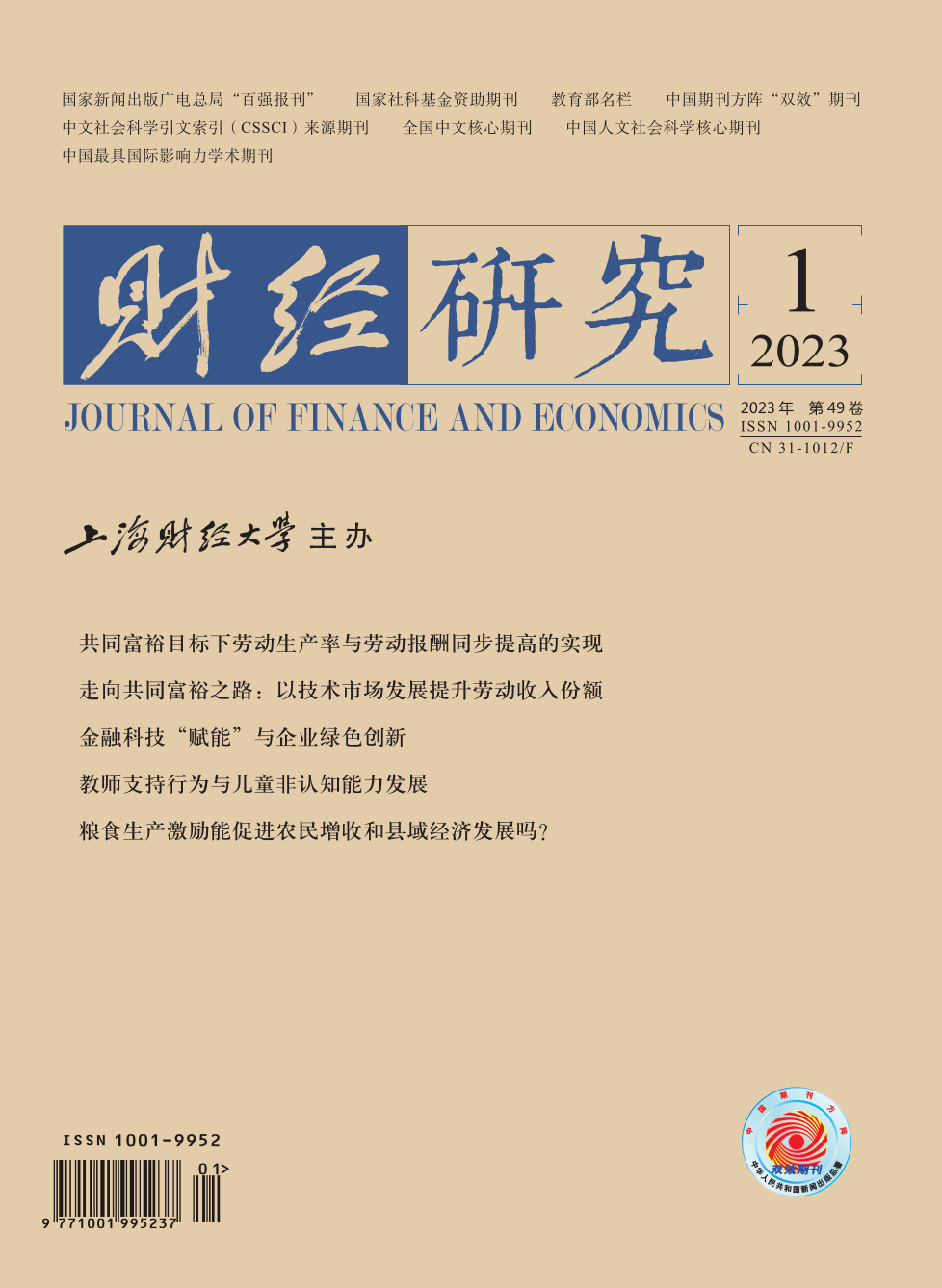Under the realistic background of increasing downward pressure on domestic economy and tightening constraints on the “dual carbon” goal, taking effective measures to boost social and economic development and promote the transformation of the tax system is of great significance for realizing the Chinese path to modernization. Then, it has become an important practical issue whether to develop a sustainable development path that considers both economic growth and pollution reduction through a well-designed system of tax reduction.
This paper focuses on the structural tax reduction policy of VAT reform from production to consumption since 2004. Using the data of pollution, innovation and finance at the micro-enterprise level from 1998 to 2008, this paper examines the impact and mechanism of structural tax reduction on the energy efficiency of micro-enterprises by using the DDD method. The result shows that structural tax reduction and the reduction of VAT rate improve enterprise energy efficiency, which holds across a series of robustness tests. The elastic estimation shows that enterprise energy efficiency will increase by 0.58% when the effective VAT rate decreases by 1%. The mechanism analysis shows that VAT reform achieves the structural effect of factor inputs and the technical effect by promoting investment transformation, thereby improving enterprise production efficiency and then improving enterprise energy efficiency. The heterogeneity analysis shows that VAT reform improves the enterprise energy efficiency of eastern regions, non-resource-based cities, highly-polluting industries, state-owned and collective enterprises, and small and medium-sized enterprises.
The marginal contributions of this paper are as follows: First, it is an earlier document focusing on the relationship between tax incentives and carbon emissions, which makes up for the lack of scientific evaluation of the relationship between tax and fee reduction and carbon emission reduction in the existing literature. Second, it constructs a theoretical model of the impact of structural tax reduction policies on enterprise energy efficiency from a new perspective of the impact of tax incentives on intermediate investment structure, which enriches the theoretical research on tax reform and environmental governance. Third, it uses enterprise pollution data and the DDD method of the frontier of environmental economics to more accurately identify the impact of tax reform on enterprise energy efficiency and its mechanism, so as to provide academic interpretation and policy recommendations for realizing China’s environmental governance through non-environmental tax reform.





 6841
6841  5823
5823

